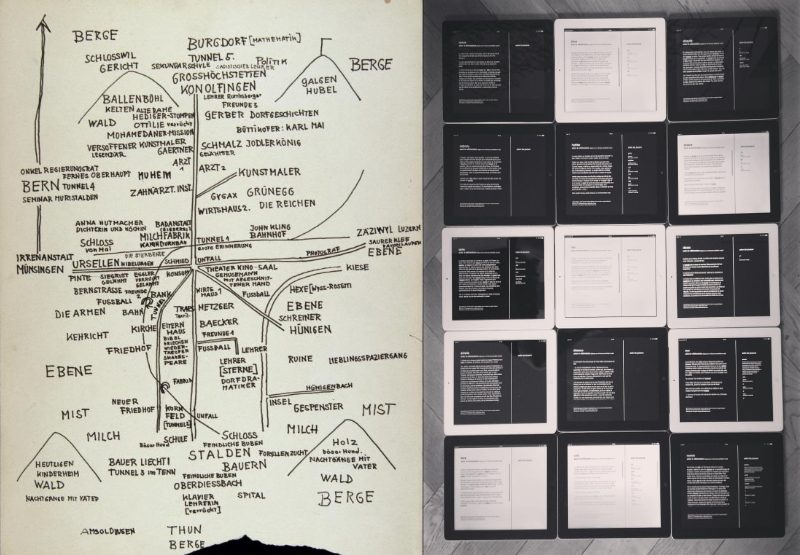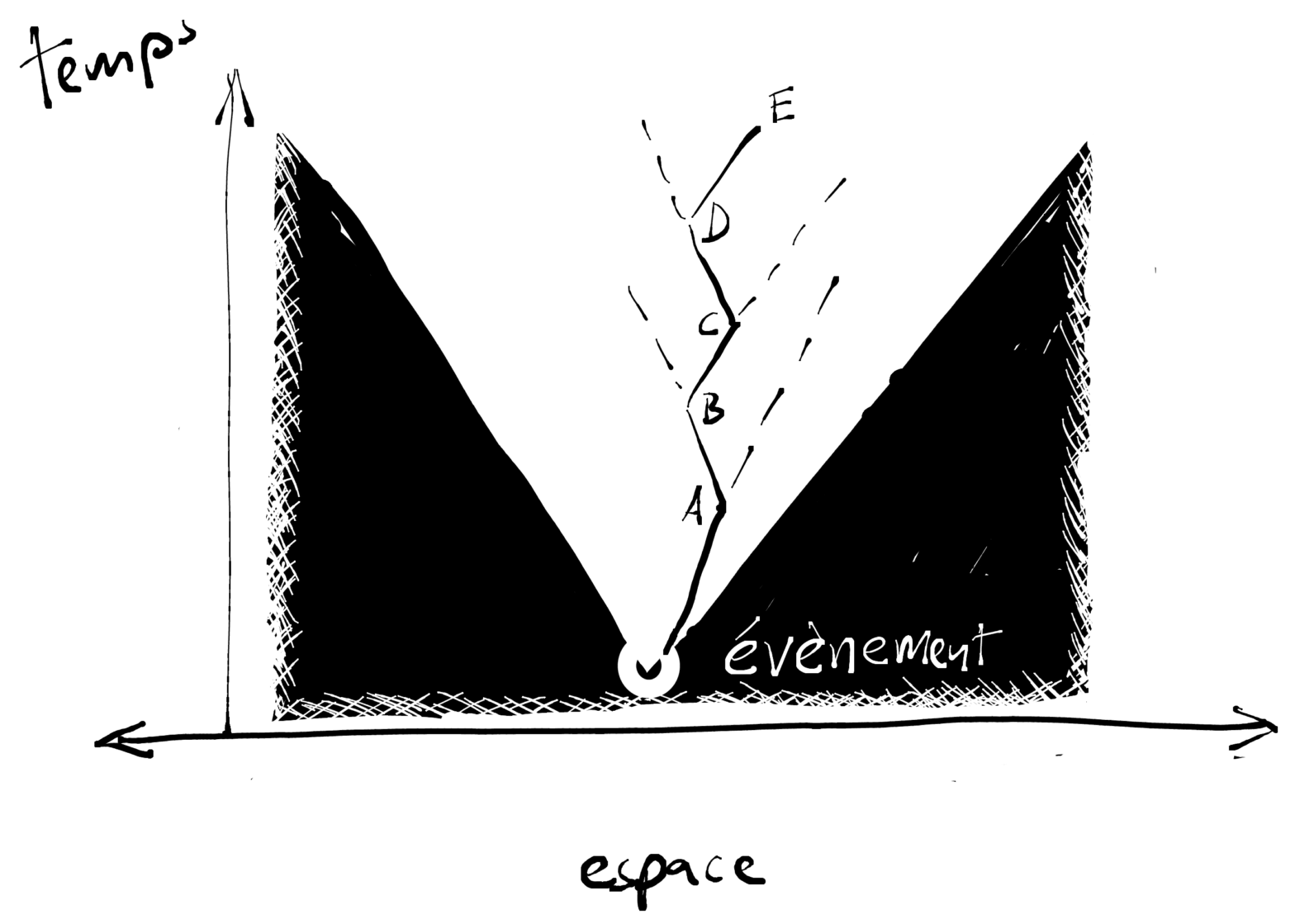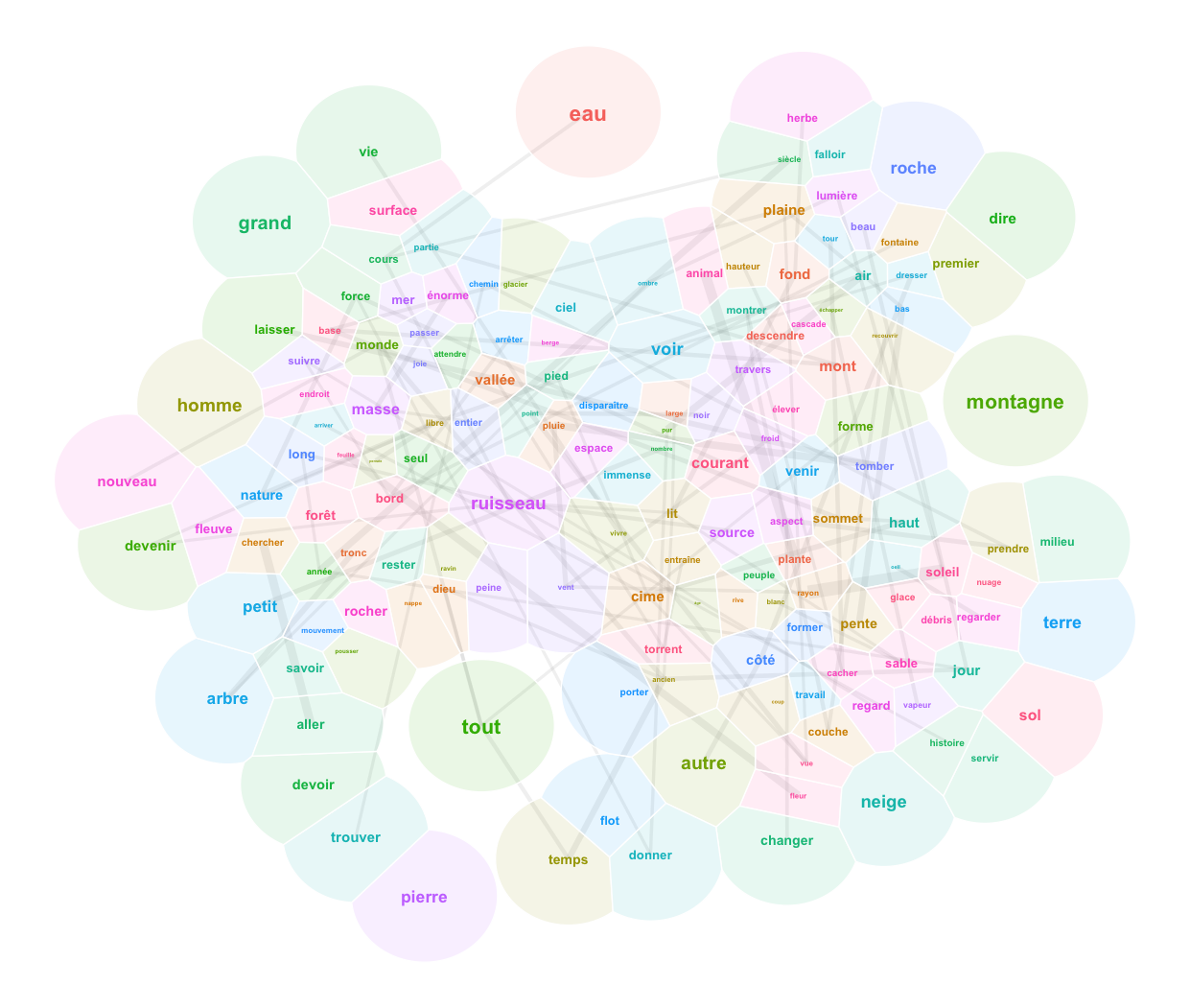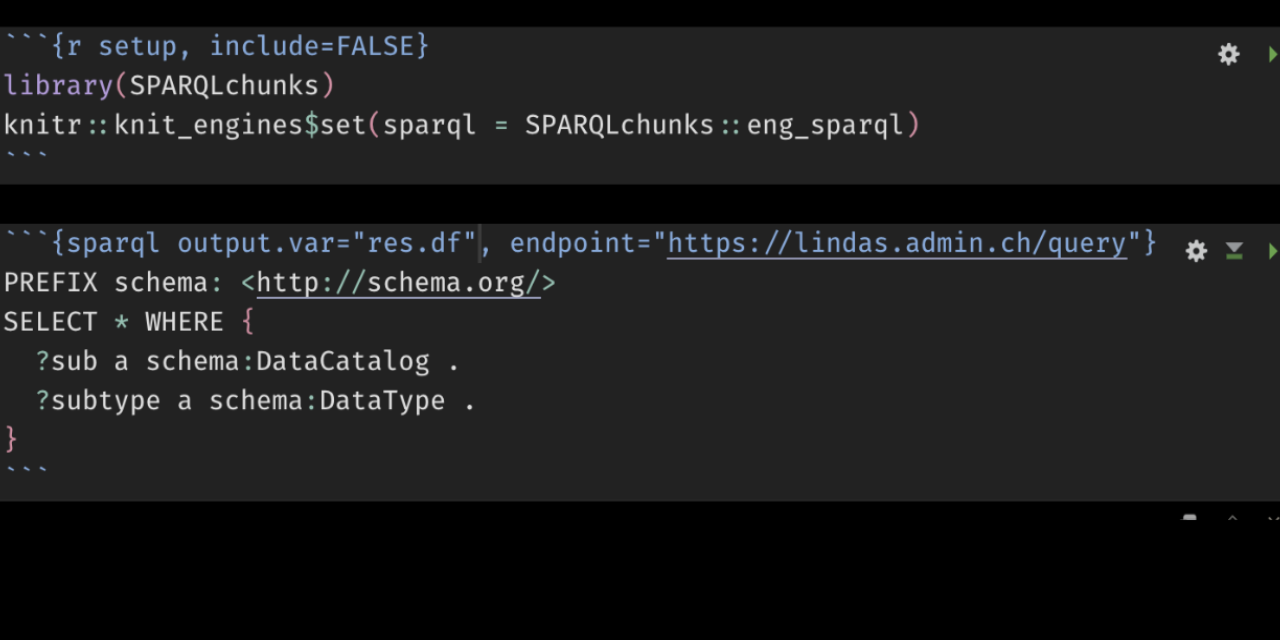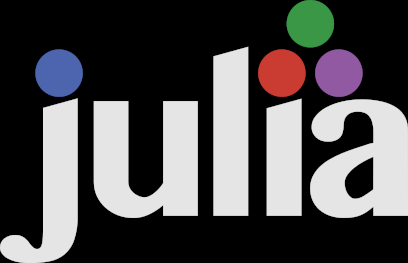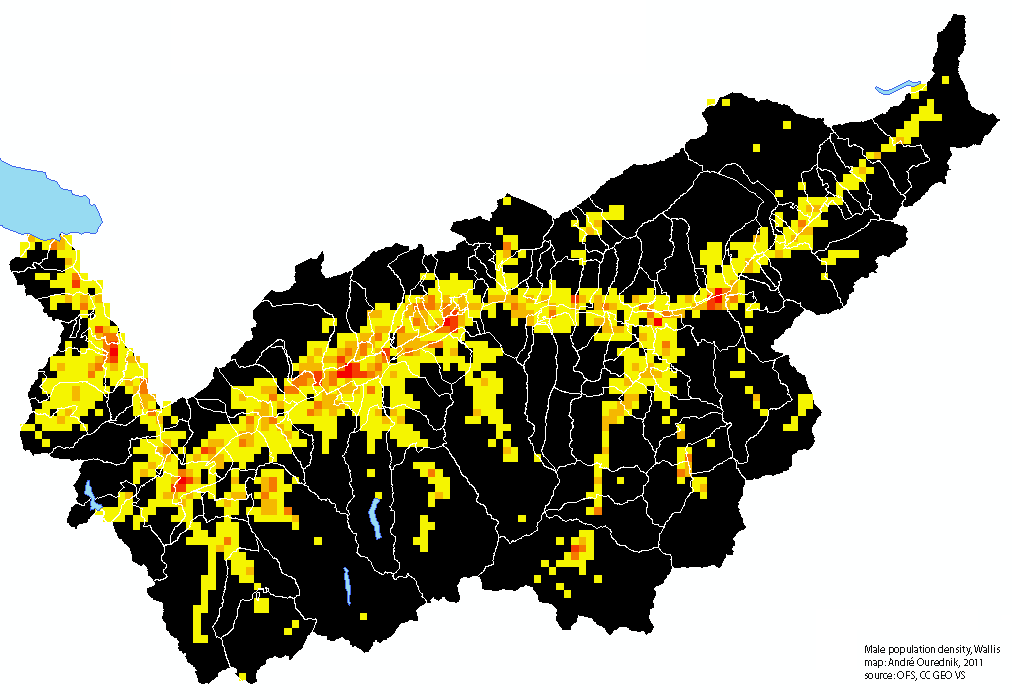English translation transcript of my conference given in French at the CERN Globe on September 22nd, 2022, and based on the eponymous book from 2019. Tonight, I propose to talk about two ideas, two concepts. The first one you already know: the concept of utopia. The other concept, which I propose to introduce, is the […]
Author Archives: André Ourednik
The impossible territory and the maps of the boyar Kraiensky
Figure 1 Overlapping territories of First Nations in the perception of their members. Screenshot from the geomatics site https://native-land.ca/ . Unstable borders are a cartographer’s nightmare. The simple task of reporting on demographic changes quickly becomes a headache in a country whose municipalities merge, divide, and even change their spatial contours according to the projects […]
Écrire l’espace (2022)
Ce cours-atelier introduit à l’espace et à ses figurations comme outil de création et d’expression littéraires Les écrivaines recourent aux cartes de territoires physiques et imaginaires pour poser leur récit. Les fouilleurs de texte (text miners) utilisent des figurations spatiales pour étudier de vastes corpus. Il existe de nombreux types d’espaces: l’espace topographique de la […]
The Bifurcation as a View of the Mind
Let us assume the existence of A and B, two points connected by a straight line which, if it extends beyond B, lets us imagine C, a point located anywhere on this imaginary line. C, then, can be said “in the continuity” of A and B. We’ll arrive at point C if we do not […]
Text2Landscape: Visualize a Text in Multiple Spaces with R — Force-directed networks, Biofabric, Word Embeddings, Principal Component Analysis and Self-Organizing Maps
You will find no realistic landscapes prior to the Renaissance. The saints of medieval murals float in a conceptual space informed by hierarchies and symbolic relations; so do those of the Prajñāpāramitā Sūtras. The word “landscape” appears with the Dutch painters of the 15th century. A landscape is a part of the world perceived by […]
Execute SPARQL chunks in R Markdown
Coding in R is useless without interesting research questions; and even the best questions remain unanswered without data. RStudio provides a number of convenient ways to acces data, among which the possibility to write SQL code chunks in Rmarkdown, to run these chunks and to assign the value of the query result directly to a […]
Text Mining: Detect Strings: Word Lookup in a Large Corpus of Phrases Using a Large Dictionary with Julia
After achieving an optimized string detection algorithm in R for 1 milion phrases using a 200k large dictionary, I wondered if I can get better results in Julia. My first attempt at this was a catastrophe. Within 24 hours, the Julia community helped me to learn some basics of Julia code optimization and proposed a […]
Dessinez votre pays imaginaire avec Affinity Designer: une introduction au dessin vectoriel
But de l’exercice: découvrir des outils de base pour la création d’une carte dans le logiciel de dessin vectoriel Affinity Designer (téléchargement sur le site). Il s’agit d’un logiciel propriétaire, mais nettement moins onéreux que la suite “Creative” d’Adobe. L’exercice parvient au même résultat que celui, sur ce site, intitulé “Dessinez votre pays imaginaire avec […]
Ressources web pour les géodonnées
Le travail de la cartographe consiste à combiner des données existantes avec de nouvelles connaissances. De nombreuses ressources sont désormais accessibles de manière dynamique – par connexion directe à la source – sous forme de points d’accès WMS, WFS, linked data etc. Une seconde partie de ce post est dédié à l’intégration de ces données […]
Création et analyse de cartes mentales
Les cartes mentales représentent un espace tel qu’il est perçu par les habitants plutôt que tel qu’il est présenté sur les “cartes officielles” (p. ex. les cartes que vous pouvez charger à partir de ressources cantonales ou d’OpenStreetMap). Une carte mentale ne s’inscrira souvent pas dans une vision topographique de l’espace, avec ses coordonnées, sa […]

